JUDGING THE EVENTS IN THE KIVU WITH DOUBLE STANDARDS
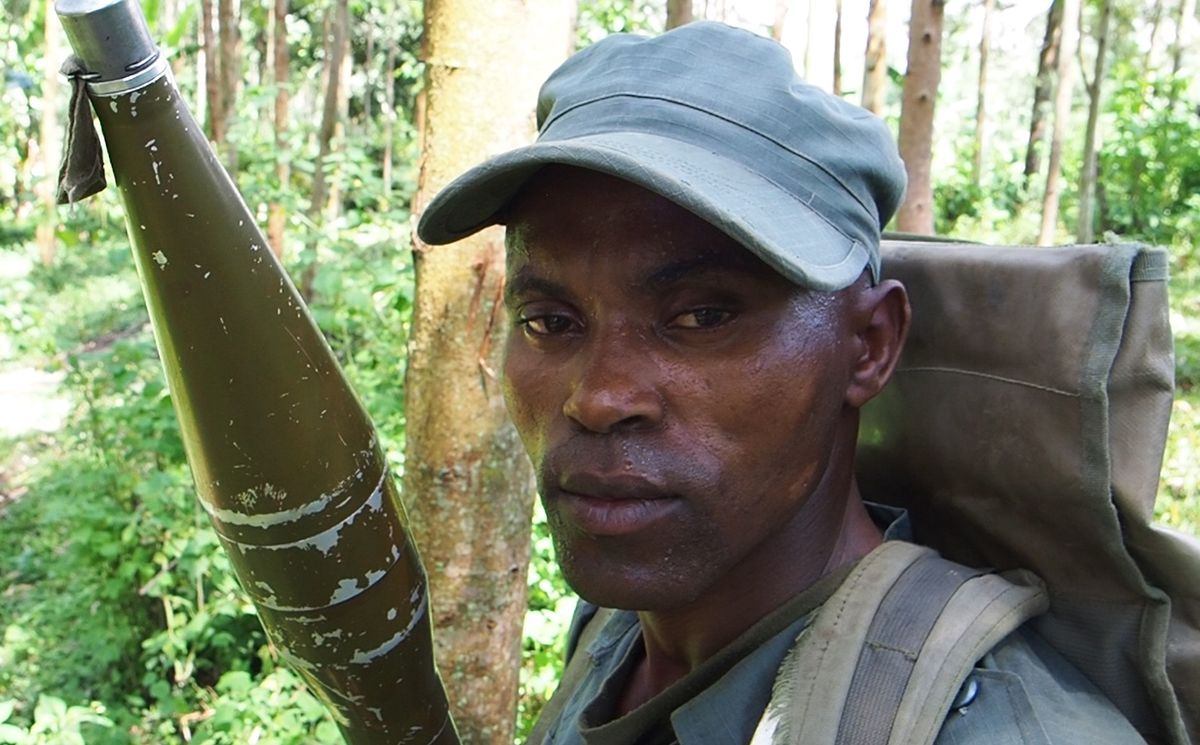
We just returned from a visit to the M23 zone, in DRC, for more than 8 days. We spent time in Rutshuru, Kiwanja, Mabenga, Matebe, Chengerero, Bunagana, Rugari, Kibumba, and a couple of other places. We had interactions with local civilians and the M23 soldiers. Our purpose is to give you an update on the actual situation in the area. Our findings are hopeless! The situation has deteriorated a lot, compared to two months ago, when we visited Kishishe. Few journalists have access to this zone. We respect everyone`s opinion and our readers have the possibility to put our findings beside the ones of the people who are trying to shut us up. A better understanding of the situation on the ground, on all sides, can only contribute to a more peaceful solution to this big mess. Or is it already too late for that?

Everyone we spoke to is expecting a big war in that zone. A war that can turn the problems in the Kivu into a regional conflict. We knew this even before trekking into the M23 zone. Several analysts, diplomats, military advisors, and informants within the FARDC and MONUSCO had told us this. For most of them, a big clash between the M23 and the FARDC-FDLR-mercenary coalition seems unavoidable now.
How explosive is the situation?
“We are expecting to be attacked on several fronts by the enemy, at any moment now, and we are ready for it,” said an M23 officer. “The enemy openly declared that he is going to attack us soon. The FDLR and the FARDC are moving in on us, from different sides. They can do this now because we withdrew our soldiers from different positions as agreed in Luanda and Bujumbura. The first red zone is Masisi where FDLR, FARDC, and the mercenary force can freely advance, through the zone that is supposed to be under the control of the Burundian-EAC contingent. They are moving in weapons, ammunition, and soldiers to attack our positions very soon. They can do this with the direct support of the Burundian troops. We have informants in the FARDC ranks who are keeping us informed about this. We know exactly where they are, and we are ready to receive them and to defend ourselves.” Other officers confirmed this statement. We can also add to this that many foreign observers and analysts confirmed this statement. It`s clearly confirmed that Burundian troops are actively involved in all this and they support directly the FARDC and their FDLR-Nyatura. This is a big sign that this war might evolve, very soon, into an open regional conflict. One of our anonymous sources in the circle around Jean-Pierre Bemba, the Congolese defense minister, told us that it would serve the FARDC well if Burundian troops will be attacked and killed by the FARDC to convince the other EAC forces to join the fight.
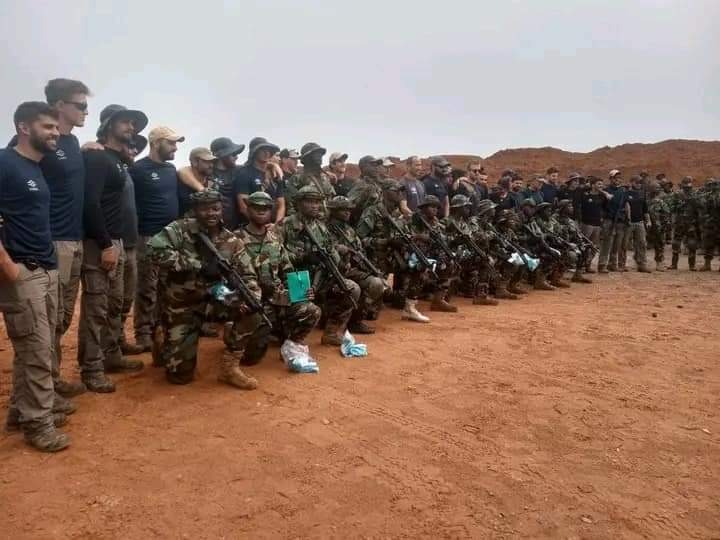
The second front might be concentrated in and around Kishishe where the M23 withdrew to make room for Kenyan and Sudanese forces. As agreed, they abandoned their positions, several weeks ago, but so far, the Kenyans and the Sudanese have not yet taken up their positions. Therefore, the FARDC and the FDLR have their hands free to move into good attack positions for the offensive that will follow. We contacted a couple of our sources in Kishishe, via the phone: “FDLR is omnipresent here now. They have lots of weapons, we also saw ‘Russians’ in trucks, it`s obvious they are helping them”. Locals are commonly calling the white mercenaries Russians but it has not been confirmed yet if they receive their paychecks from the Wagner group.
Last but not least a third front might erupt from north of Kiwanja, in and around Mabenga. “The FDLR moves in and out freely in that zone. The Ugandan army is mainly sticking to their bases and they move out to show their flag, in heavy armored vehicles, a couple of times per day”, our guide told us.
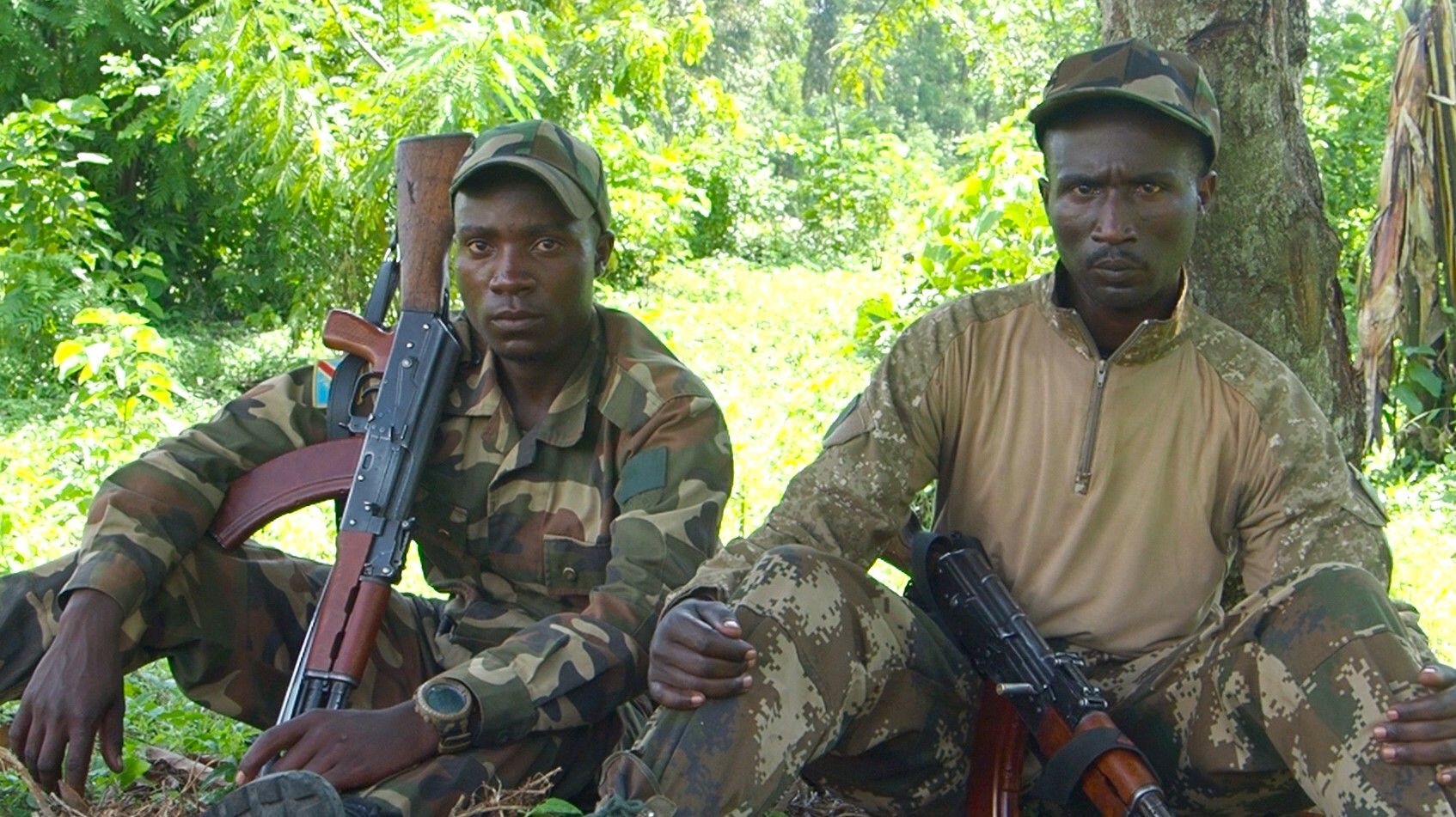
We witnessed ourselves how easy it is to move around this area unseen: while taking our footage, an armored EAC patrol would pass by or announce itself. So they never saw us.
“The FDLR-FARDC-mercenary coalition is already probing our positions and they are trying to lure us into fights,” another M23 officer confirms. “They attack and burn houses in villages, they kill and loot cattle and they kill Tutsis. So far, this only has resulted in skirmishes and we are waiting just for the right moment to counterattack. As we expect them to attack us very soon on several fronts, that moment has not come yet. But one thing is sure: we will not be the ones who will start this war.”
The M23 told us that if the red line of tolerance will be crossed by the FARDC, their response will be swift and quick. It is our opinion that the FARDC is still waiting for extra support such as attack drones and more mercenaries. But we can be wrong about this. Most of the M23 officers and troops are in the field manning their positions and securing their communication and transport lines.
Testimonies of FDLR POWs
We were able to talk to a small group of freshly captured FDLR POWs. A couple of them were still under arms a week ago, in places such as Masisi. The M23 brought them to the prison of Rutshuru and we talked to them in a small courtyard, nearby. Nearly all of them were members of the FDLR-Foca faction. We’ll put their interviews online in a couple of days. What surprised us the most is the fact that some of them were recruited by the FDLR via contacts inside Rwanda.
Some of them were still teenagers, others in their twenties, but one of them was an old-timer who had served as a soldier in Habyarimana’s army before and during the genocide against the Tutsis in 1994. He had killed a couple of people and was sent to jail in Rwanda for 8 years. When he was released, he fled to Congo to join the FDLR. These prisoners of war told us that the FDLR had grown in numbers during the last year, that the FARDC had given them plenty of uniforms, shoes, weapons, and ammunition, and that the orders were given to take up offensive positions and to prepare for an offensive against the M23 very soon. One of the younger FDLR told us that they had received orders to attack Tutsi houses, kill their cattle, and kill the families in those houses. Their commanders had told them that the FDLR generals had received those orders from Tshisekedi himself in Kinshasa. A couple of quotes: “Last year we already collaborated with the Nyatura (Congolese Hutu). Most of them were still carrying machetes. Nowadays they are all equipped with guns and tons of ammunition. Orders to kill Tutsis were given daily, and we were allowed to loot people`s goods on roadblocks. Weed and heavy alcohol that is distilled from bananas are randomly available. It is not difficult to kill people when you are doped up or drunk!” Another one added: “The ‘Russians’ were coming to see us regularly with FARDC officers. They had armored vehicles and they were pulling heavy artillery in position to bombard the M23 positions when the offensive starts. We also witnessed Burundian soldiers collaborating with the FDLR and the FARDC. And this happened on many occasions.”
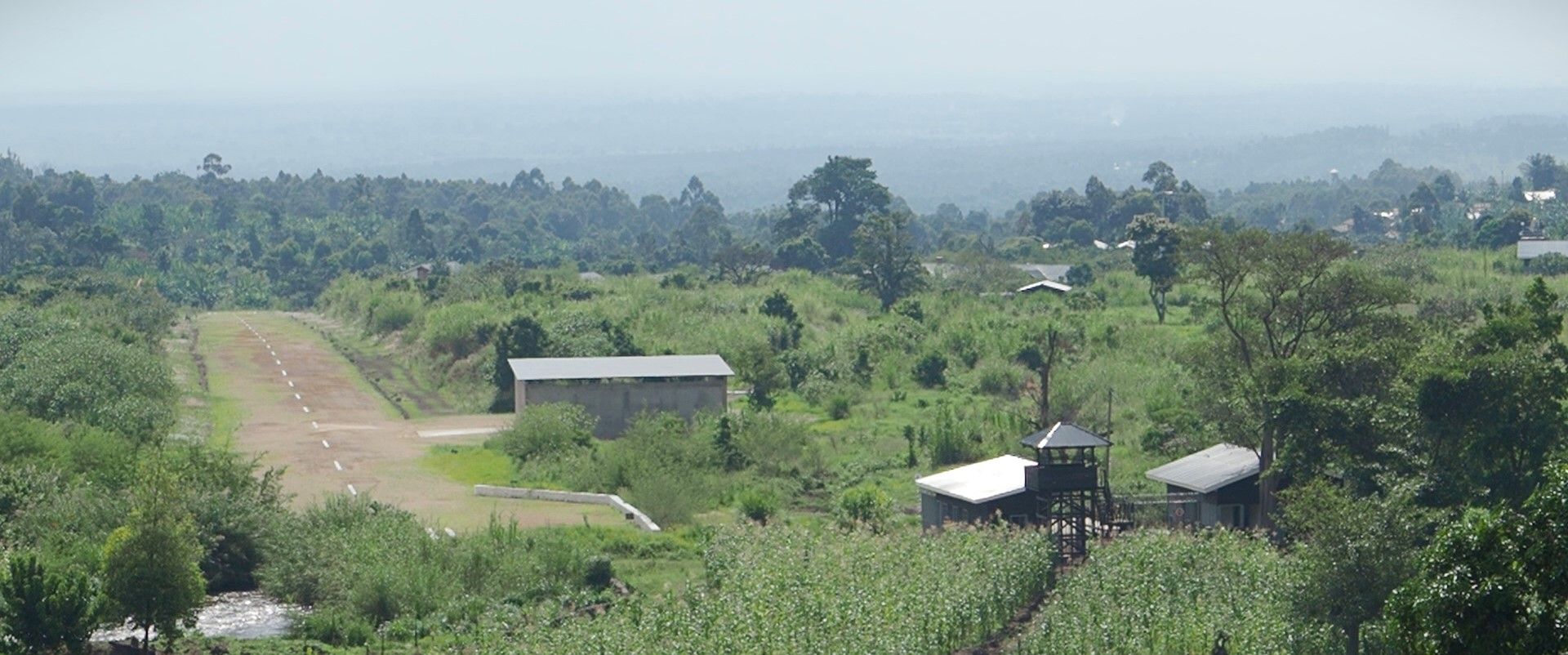
Some of our sources estimate the number of combat-ready FDLR fighters at approximately 4000 elements. Add to that a couple of thousands of Nyatura who are by now also very well armed. All the FDLR-Nyatura- Mayi-Mayi groups might even step up a combined force of several thousand fighters. To camouflage their real origin, the Congolese authorities are now calling them ‘Wazalendo’. New recruits have been brought together from inside Congo – some of them were kidnapped in their homes and forced to join, and others were recruited from Rwanda. This is worrisome because it shows clearly that the Hutu genocidaire lobby is still very active there.
Terror and kidnappings
Villagers are complaining about the fact that the area has been sealed off economically from the rest of the country, and it has become challenging for them to make a living and survive under those circumstances. Some people, mostly in Chengerero, showed us openly their dislike for the M23, though they all agreed that since the withdrawal of the M23, and their less visibility in public, the security situation had rapidly deteriorated.
“Here in Kiwanja, the Ugandans are supposed to take care of our security now, “told us a local sector responsible. “When the M23 was in control of the town, the FDLR, and the Nyatura were kept out. Now they can move into town to kidnap people and loot. They also kidnap people outside of the villages when they go to work in their fields.” She took us to visit the victims of the kidnappings. “The average ransom for a farmer is 2000 to 2500 dollars, 3000 for a small business owner, and 2000 for a bike driver,” she explained.
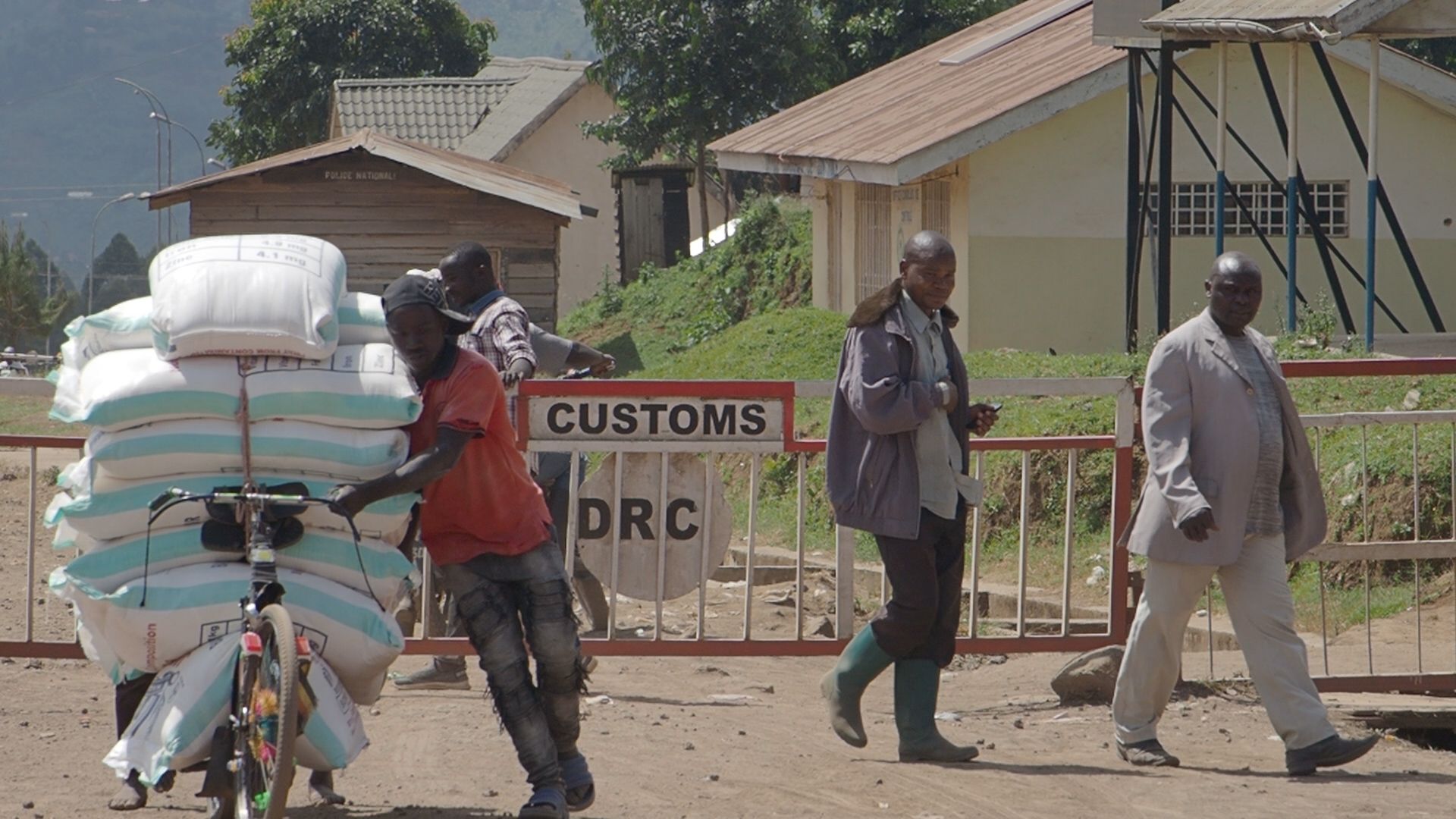
“I was on my way to work in my field outside town and I was stopped by a group of 4 men with guns,” a mid-aged victim is testifying. “They tied up my arms behind my back and they started beating me. They force me to call my family and ordered me to ask them to buy back my freedom. My family was able to raise and borrow the ransom and I was released 3 days later. I went to the hospital and I still can’t use my arms correctly. I do not know who those men were, they were wearing masks.”
We recorded at least four similar stories in and around Kiwanja. The kidnappers kill those who are not able to find enough money. “They target people who they think have money,” The sector chief explained. “Since the arrival of the EAC troops, nobody feels safe here.”
M23 atmosphere
“We showed our goodwill when we withdrew out of a number of positions”, an M23 colonel says. “We even did that knowing that the government refuses to talk to us. Our demands have always been clear: after we pulled back into Uganda and Rwanda in 2013, they promised us they would talk to us, but those promises were never kept. If they accept now, we are still willing to go and sit at the same table with them. We didn’t start the fighting last year and only reacted out of self-defense against the growing threat of the Interahamwe-FDLR. We also understood that Tshisekedi wanted to use us as the scapegoat for his own failures, to cover up his corrupt game and the weakness of his army. People call us terrorists, but the truth is that the M23 is far more disciplined than most of the other armed groups and militias in the DRC. He even incorporated a certain number of those into his own ranks to run his fighting. We do not kill innocent civilians, and inside the M23, we do not care about the ethnic origins of our fighters. I’m half Muluba, my sergeant here is half Hunde and half Mushi, the corporal is a Tutsi and there are also a lot of Hutus in our ranks. It is a fact that a lot of us are Tutsis, but the outside world is mainly following the narrative of Kinshasa that the M23 is a Rwanda-fed and directed structure that wants to loot minerals in the DRC and balkanize the region. This is not true. We are a treat for Kinshasa because we believe in a cause that is correct, we fight against racism and hatred, and we want to build a new country in which everybody is respected. A country whose leaders are not trying to fill their pockets themselves. As a Congolese, I fought in the Rwandan army before, I was part of the AFDL rebellion of Kabila and I even participated in the Kitona operation, under the command of James Kabarebe. We gave up our fight in 2013 because we were lied to. We won’t do that this time. We will fight and we will stand our ground.”
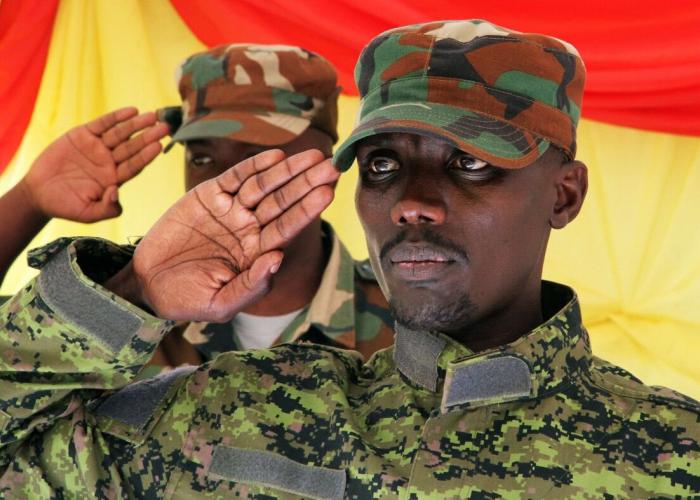
We followed an M23 patrol in the bushes. “We know we will be engaged in a big clash very soon,” told us a corporal who was cleaning his AK-47 while taking a rest. “I was born and grew up in Masisi. My family lost everything in Congo; their land, their cows, their houses, and they fled the country. I’m fighting to get that back and to help my family come back to their land. We are not Rwandan but we share the same language. They are killing our relatives and friends in Masisi, they are threatening us with the same words that were used by the Interahamwe in Rwanda when they were killing innocent people. We will have no future if we do not win this war. I’m not afraid, I`ll continue to fight until we win!”
“A well-motivated army who has to fight with its back against the wall and can never flee when a much stronger enemy attack is Sun Tzu. He is the one who taught us this fact,” said a superior M23 officer who studied in Europe and who has a master's degree in economics. “We are not nervous about what the near future has in stock for us. Extra motivation for our troops is not necessary, they know we will take casualties and they are already used to that. But they will stand their ground. The mercenaries have their big caliber canons pointed at our positions, very soon they might start using drones against us and they have jets. But they’ll find it very difficult to aim well and to neutralize people who are fighting for their families to live.”
It is true that outsiders might have problems understanding why the M23 operates like a well-oiled unit. Some of them use this as an argument that Kigali is giving the commands behind the screens. But they are not doing that. We covered several wars in which the RDF was involved in the DRC in the past and we were with them in CAR and in Mozambique. Sultan Makenga and the other top M23 were capable enough to install the same disciplined and motivated fighting spirit into the ranks of the group. It is sometimes difficult to explain this to outsiders. M23 soldiers take care of themselves, in their own way. They only trust their own people and they only obey orders that are given to them by their own officers. This is why their enemies fear them so much! The Spartan warrior culture of the M23 is well known and we`re not writing this to make propaganda about their cause. When we walk with them, it is even sometimes impossible for us not to feel the same as if we walk with RDF in war zones like Cabo Delgado.

Two measures and two weights
It`s true that we only can cover the M23 side. Opposite opinions are not accepted in Kinshasa and the regime in place has a firm grip on the racist and war-mongering narrative of people such as Patrick Muyaya. We only report what we can see with our own eyes and we pass the microphone to those who are excluded from this propaganda mill.
Big international media do not want to spend much money any longer on conflicts in Africa; wars in the Middle East and in Ukraine absorb most of their budgets. The informative gap about the situation in the DRC was very often filled in by well-paid consultants of big international NGOs or the UN who started producing information that was often useful, but that also covered up most of the time the mistakes made by their own sponsors. A foreign researcher on the payroll of the UN is not going to spit on the hand of his generous sponsor. Add to that that the war in the DRC is very expensive and nearly impossible to cover for an average freelancer. The UN expert reports are very good examples of this: they point their fingers always at outside actors while using arguments such as the whole discussion about minerals, rape stories, and child soldiers. They were right to do this. Because those things indeed happened. But they were often exaggerated and pulled out of their original context to lure international sponsors into financing the local billion-dollar aid industry. But, by putting too much accent on those things and pushing the incapacity of the UN itself under the doormat, they contributed heavily to the stigma that Rwanda was the sole criminal in this affair. When the M23 started fighting back the FDLR and the FARDC, last year, from their stronghold on the volcanos, the UN fell back on this well-known strategy. Criticizing this approach is like fighting windmills: although we do not want to block them in their opinion, they were very quick to label our findings as being pro-Rwanda and pro-M23. Other groups such as Human Rights Watch who have a very visible anti-Rwanda opinion joined that choir that was by now directed by Tshisekedi’s well-oiled and financed propaganda mill.
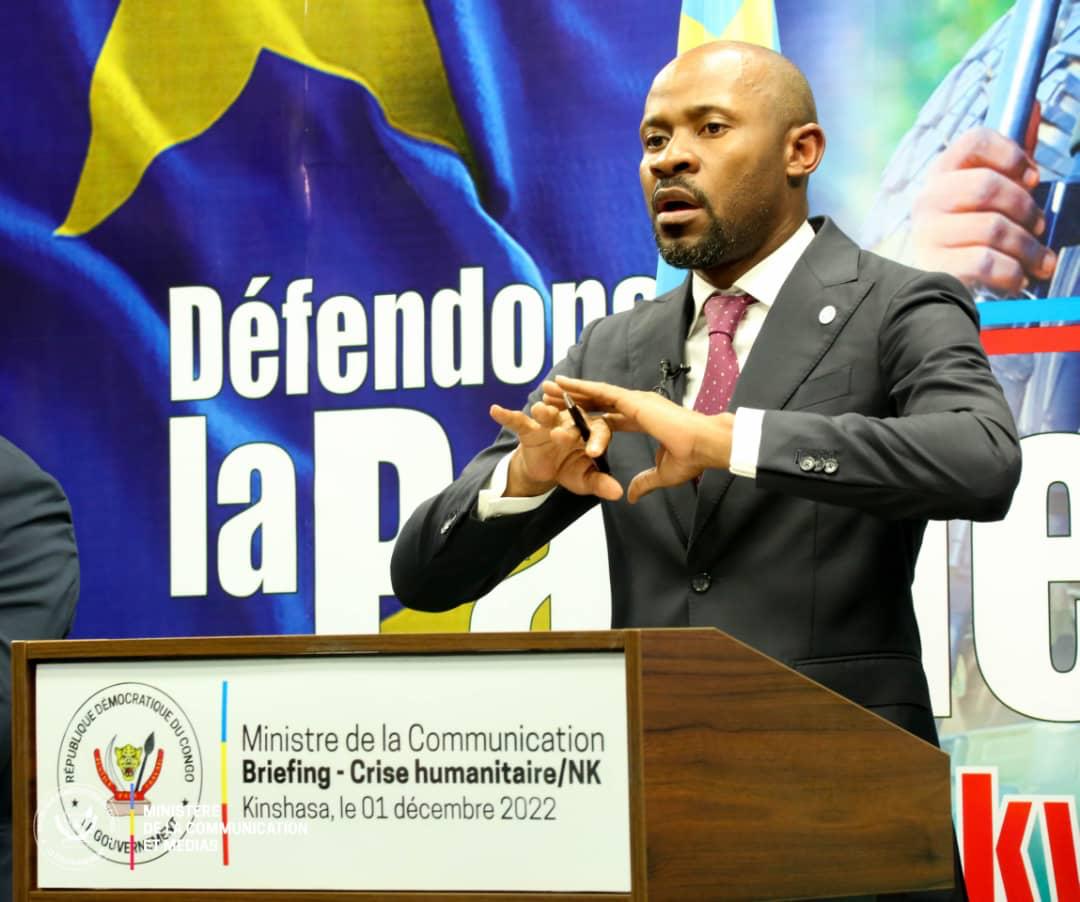
We admit that we can only cover this side of the conflict but self-criticism is not an art that is practiced by those so-called experts who are writing for billion-dollar UN operations that have proved to be utterly useless. Hired pens seem to be the only defense they have left to camouflage their incapacity. The American State Department is basing its Congo policy mainly on the findings of renowned researchers who are financed by Human Rights Watch. Anti-Tutsi hate preachers are using this same info to put extra oil on the fire. The international media are indirectly helping them with this. A lot of their arguments have been proven fake. HRW finances research groups such as ‘The Kivu Security Tracker’ that is working under the direction of a couple of known foreign researchers and who collaborate with local activist groups such as LUCHA. The intentions of LUCHA might be relatively clear but they also instigated violence against the UN and launched several hateful messages via their platforms. Those who dare to criticize their narratives are openly condemned to the cross with unfounded arguments. Last week the Congolese chief of staff openly declared that the FARDC will launch an offensive very soon. Meanwhile, innocent people are being randomly killed in Masisi. The UN and HRW are offering Tshisekedi political arguments to justify the kick-off of his clash. Other, more violent wars in the DRC are not receiving the same attention in the international media as the war against the M23. The international media are scared to cover the M23 side of the story to avoid being kicked out of their faraway offices in Kinshasa, and they fear having their media accreditations canceled. This puts a big question mark above the info they produce.

But facts can be stubborn and the following days and weeks will show us who is wrong and who is right.
Adeline Umutoni & Marc Hoogsteyns
